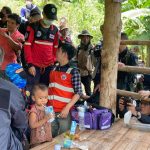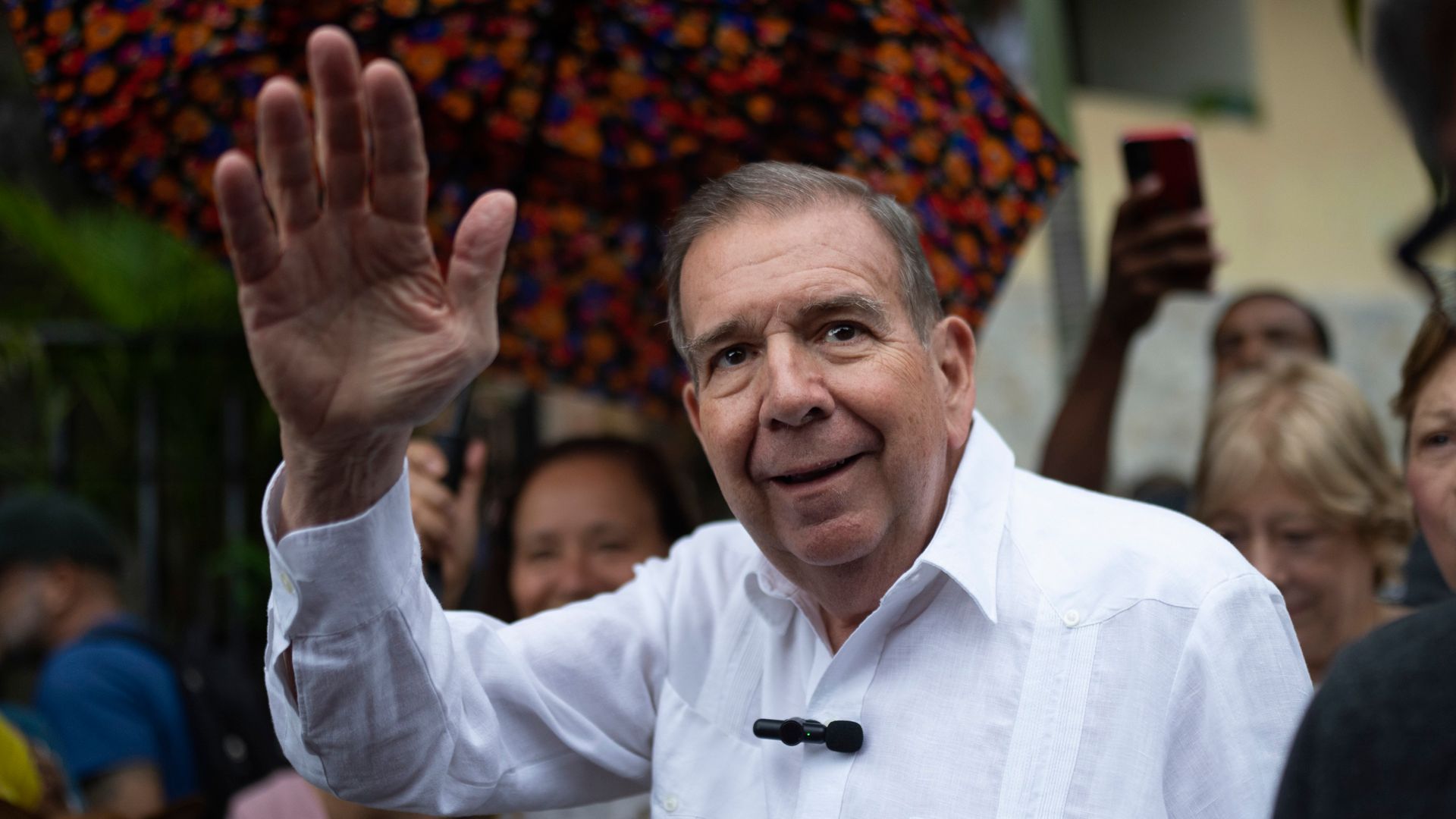The leader of South Africa’s government, Cyril Ramaphosa, needed to be seen in the city of Durban and his 20-vehicle, flashing blue light, presidential convoy did an excellent job in heralding his arrival.
Despite the formidable appearance of this mobile procession, Mr Ramaphosa is a relatively accessible man and we watched him meet and greet Durbanites at a succession of partially destroyed hypermarkets and warehouses in this battered port city.
He looked relatively relaxed as he urged local people to retain confidence in the ruling Africa National Congress (ANC).
“We must rebuild together, it’s a horrible situation, they tried to bring us down but we still remain standing,” he said to a broom-holding volunteer who had come to help clean up.
And the 68-year old could be forgiven for feeling relieved for he seems to have got himself through the worst episode in his presidency – and the most serious crisis since Nelson Mandela dragged this country out of apartheid.
Townships and cities in the provinces of Gauteng and KwaZulu-Natal, where Durban is situated, were overwhelmed by waves of looting and anarchy over course of seven agonising days.
The turmoil was triggered by the detention of Mr Ramaphosa’s predecessor, Jacob Zuma, after his failure to attend a corruption-related tribunal.
Yet his arrest does not account for the mass invasion and destruction of warehouses, shops and storage facilities across the region.
The president seemed to point the finger at unnamed individuals who he blamed for “instigating” the violence.
A jailed former president and COVID-19 – why people are rioting and looting
“It’s quite clear that all these incidents of unrest and looting were instigated… we will not allow anyone hijack our democracy, to destroy our democracy, this is a hard fought-for democracy. We will not allow them to mess it up.”
Yet President Ramaphosa failed to specify who ‘they’ actually are – for the looters were not inspired by a binding political ideal.
From our vantage point in Johannesburg and Durban, the looting was little more than an exercise in group opportunism.
“They” is more likely to mean the faction within the ruling ANC, of which Zuma is a part, who have worked to make the current presidency unworkable.
And the violence has shown the president to be increasingly vulnerable.
He is the leader of a party which has failed to alleviate the plight of millions of desperately poor people in this country, despite being in power for 27 years.
Furthermore, the failure of the security agencies to protect people when they felt they were under attack has added to the perception of weakness.
It was something the president seemed to concede when I asked him about the destruction in Durban.
“We admit there were lapses but [the people] retain their confidence in what the government can do and they want us to tighten things up which is what we are going to do,” he responded.
Mr Ramaphosa’s best card – and perhaps his only card – is to try to inspire and he categorised the turmoil as a struggle between good and evil.
“This is a horrible situation that has befallen us but I am really pleased that the people of our country have come out to defend their hard-won freedom and as much as this terrible thing has happened, they remain strong.”
In fact, we have met dozens of residents in Durban who are deeply scared – and scarred – by what has happened and these feelings will not be easy to repair.






















